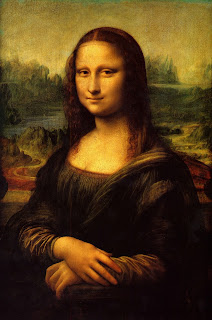Based on the three readings on Postmodernsim, the post modern age is the blending of the world's cultures. Today, people no longer live in a world with one set of morals, customs, and culture. Instead the world's cultures are "intermixing like a smorgasbord in a earthquake" (Postmodernism Introduction 3). It is normal to understand and be exposed to a variety of cultures from our own. In fact, it is difficult to imagine a world where you only know your own culture. The integration of technology, such as the internet, has contributed to this "intermixing". People "[attempt] to map the contours of our rapidly changing Postmodern world" (Postmodernism Introduction 4). According to Jameson, there are three cultural periods, the first being the age of realism, then the age of modernism, when individuals expressed dissatisfaction with their world, and finally the age of postmodernism in which "cultural forms reflect the dislocation and fragmentation of language communities" (Postmodernism Introduction 6).
I found it particularly interesting when Andy Warhol's "Diamond Dust Shoes" and Vincent Van Gogh's "A Pair of Boots" were compared. While Van Gogh's shoes represented the peasant class's poverty and misery, Warhol's represented "depthlessness with no link to any reality" (Postmodernism Introdcution 7). In addition, Warhol's shoes, when compared to Van Gogh's, appear flat due to the black and white color scheme and angle. As Jameson states, Warhol's image displays "a new kind of superficiality"(Jameson 9). After looking at both images, Van Gogh's painting conveys a larger message about the struggles of the peasant class, while Warhol's represents the commercial, materialistic focus of the culture.
Postmodernism focuses on hypereality, which is found in places like Hollywood or Disneyland. Disneyland is located in California where, according to the Jean Baudrillard, "all Los Angeles and the America surrounding it are no longer real, but of the order of the hyperreal and of simulation" (Baudrillard). This hyperreality "is not the unreal, but has replaced 'reality'" (Postmodernism Introduction 58). Disneyland is an example of this where "the real is no longer real" (Baudrillard). In a culture obsessed with perfection, I do agree with the larger idea
that the United States has become a hyperrealistic nation overall. Instead, like Los Angeles, it is full of "fabulous proportions, but without space or dimensions" (Baudrillard). The Postmodernism movement reflects the increasingly interconnectedness and changes of the world today.





